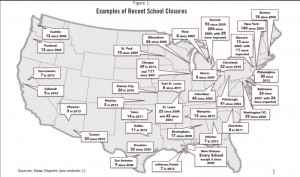Dear Commons Community,
This week with a good deal of media coverage, incumbent Andrew Cuomo was nominated to be the Democratic candidate for governor of New York. He will face Republican Rob Astorino, who is currently Westchester County’s Executive. A Quinnipiac University poll released Wednesday found Cuomo with a 57 percent to 28 percent lead over Astorino. Enter Howie Hawkins as the Green Party candidate. His platform includes major proposals for education including:
- Fully funded, full day, and developmentally appropriate Universal Pre-K and Kindergarten with certified and unionized educators.
- Opt out of high-stakes testing for students, teachers, and schools.
- Opt out of Common Core and Race To The Top.
- Opt into common standards, curricula, and diagnostic tests written by professional teachers in the schools, not by outside corporate contractors.
- Opt into teacher and school evaluation based on collaboration.
- Opt into affirmative action to reduce school segregation by race and class, such as regional inter-district transfer programs.
- State legislation to reduce class sizes and case loads.
- Free Tuition at CUNY, SUNY, and Community Colleges.
I hope Hawkins is able to attract some media attention. He is the type of candidate who appeals to the most progressive Democrats who are disillusioned by Governor Cuomo’s policies regarding charter schools, Race to the Top, and teacher evaluations.
Good luck, Howie!
Tony






